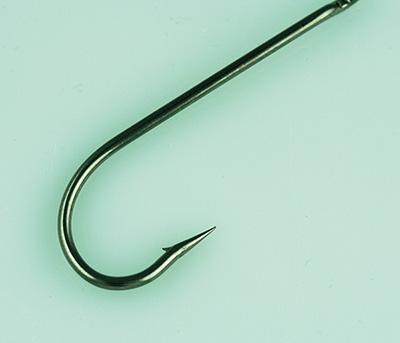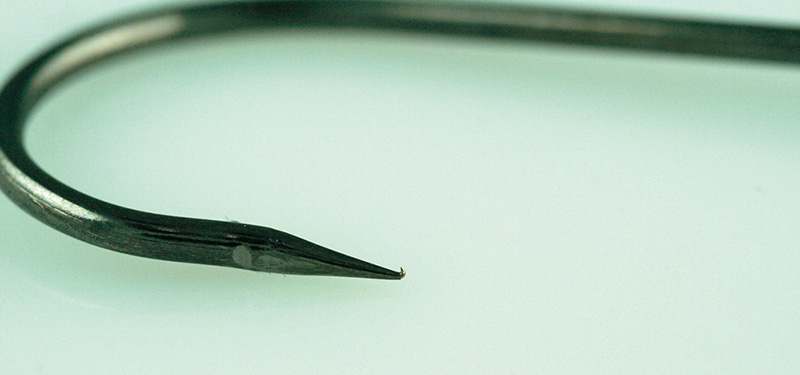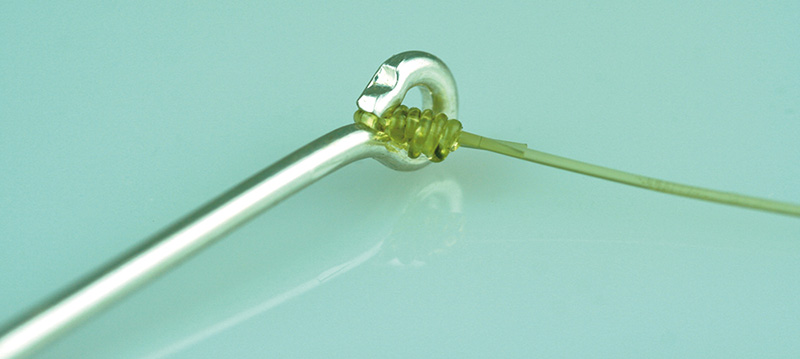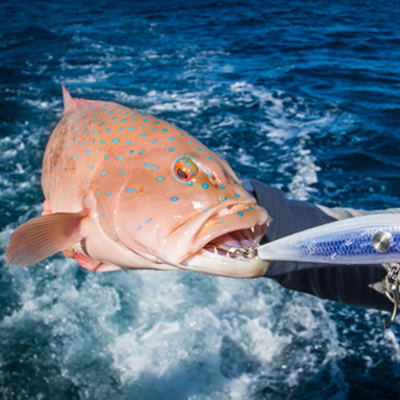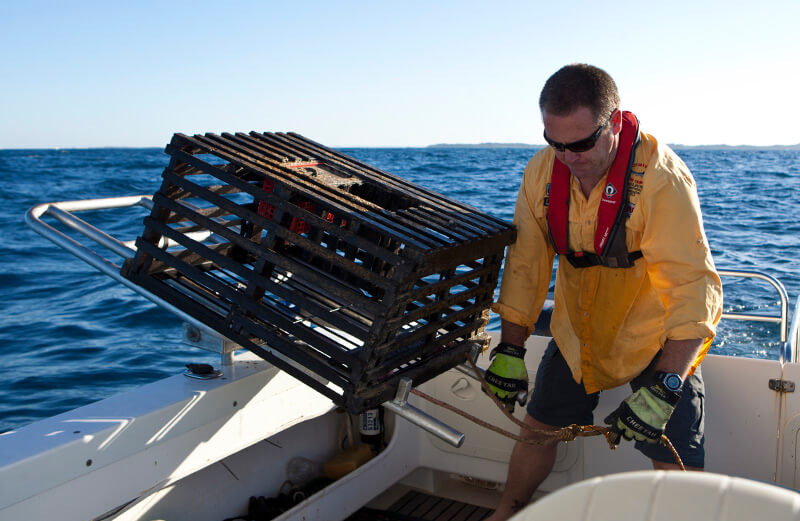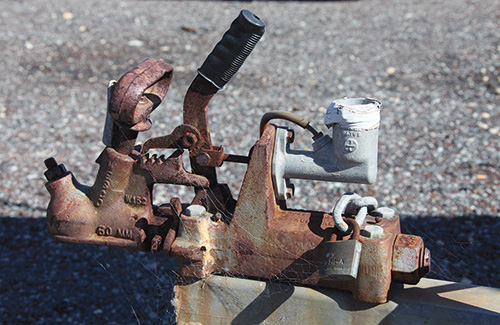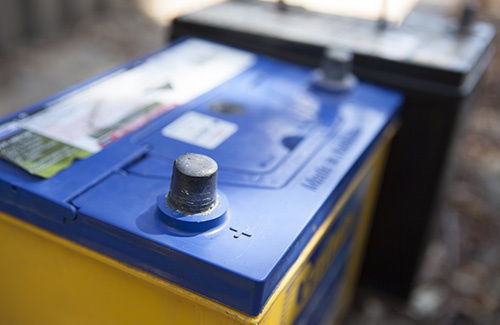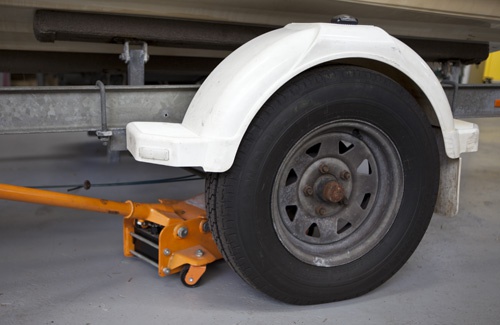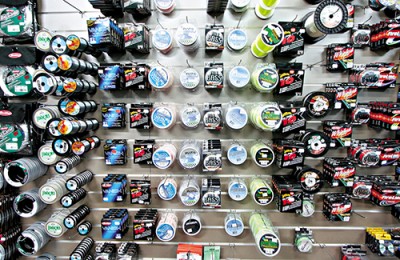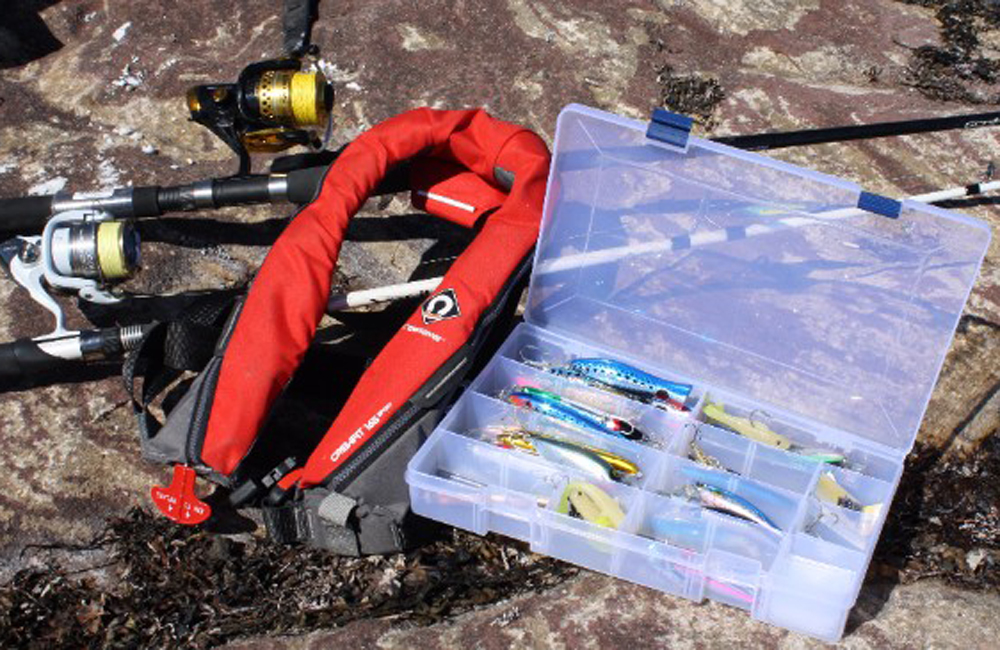
There are some freaks among the fishing community who, no matter where they go, just seem to be able to catch fish and often these fish are big.
When you think about it, if you spend enough time on the water practicing your techniques on a certain species and catching small to mid size fish, then it is inevitable that you will eventually strike a big one.
When you do hook a big one, this is the time that everything has to come together and work so that you can stay hooked up and hopefully land the fish.
So the fishers that catch the big ones, are they just luckier than everyone else?
In some situations the answer would probably be yes, but on most occasions you can be sure that the primary reason for the successful capture will be attention to detail.
It is this attention to detail that a good angler will carry out habitually.
Little things like checking knots for strength after tying and making sure your hooks are still sharp after a snag will increase your chances of landing a big fish.
So here are our top tips for taking care of the little details that can make all the difference in dropping a fish or landing it. First we’ll start with knots.
When you check a knot, don’t just give it a little tug, get onto it and really make sure it will not break. As a guide, try to remember that it is virtually impossible to break twelve pound monofilament with your hands without cutting them.
If you can break twelve pound line or heavier then it is vitally important that you find out why. It could be something as simple as a knot that did not pull down quite right. The easiest way to check this is re tie the knot taking more care and test it once again. If it breaks and it’s not a uni knot, it’s probably a good time to learn how to tie one as the knot you are using is just not going to be up to the job.
If you are already using the uni knot then it will be a good idea to check the condition of your line. Has it lost its shiny lustre? Does it feel rough or abraded? If it is damaged at all or has lost its shine, it probably requires replacing or at least strip a few metres off the spool until it looks and feels like it is in good condition.
It is a good idea to replace monofilament line on a pretty regular basis, especially if you do a fair bit of fishing. The more you fish, the faster your line will wear out so be sure to keep an eye on it.
Line is pretty cheap so try not to get to attached to it. Replace it often and keep your spool full so that you maintain maximum casting distance.
So you check your knots when you tie the rig, but it doesn’t stop there. Catching fish can weaken the knot due to the pressure that is applied to it, or even more common is the teeth of the fish go above your hook which abrades your line and weakens it. Test for this by giving a serious pull or by running your fingers above your hook to feel for roughness or wear.
Next you’re going to want to check your hook points regularly, particularly after you have caught a few fish and especially after you have been snagged. If you have been snagged, chances are that you may have curled or dulled the point on your hook.
The simplest way to check your hook points is to place the point of the hook on a finger or thumb nail and with a bit of very gentle downward pressure, try to draw the hook across the nail. If the hook is sharp it should hold in place. If the hook point is damaged or dulled it will draw a line across your nail without trying to catch or stutter. If this happens touch up the hook point with a good hook file. Diamond files are by far the best and should be kept handy while fishing.
The other option is to simply replace the hook. Good quality hooks are relatively cheap, so it is not a big deal to put a new hook on if you are in doubt. Dull hooks mean missed opportunities, and if you work out what everything else has cost you from rod, reel, line and fuel, a new hook is a small price to pay for a better chance of catching fish.
When things go wrong it is usually the hook end of things that let us down, so it is a good thing to remember that whenever you have your hook in your hand, either while rebaiting your hooks, changing or readjusting a soft plastic on a jig hook or taking weed from a lure, give everything the once over.
Look at the hooks to see if they are twisted or caught up on themselves. Make sure that the line is not caught in the split in the eye of the hook where the metal touches back on the hook. Even check to make sure there is no gap where this point is.
Count on the fact that if it can go wrong it will at the worst possible time.
Get into the habit of checking the little details and you’ll cut down on the chances of things going pear shaped when a big one strikes.
We spend a lot of time and energy fishing so pay attention to the little things and you will find that larger fish will soon become the norm rather than a stroke of luck or a fluke.
“She’ll be right” will not cut it when you want to catch more and bigger fish. If you follow these simple steps and even add a few little checks of your own, you will quickly become a more successful angler.
Fishing Knots
Check out our knot tying how to videos to learn how to tie some basic fishing knots, including the uni knot.

